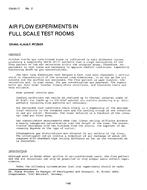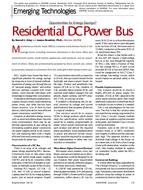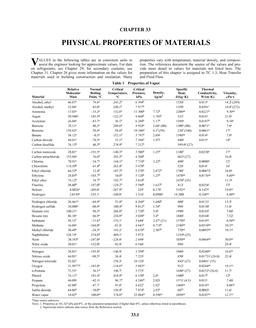In 1992 while in the midst of a C$500 million, ten-year capital expansion program, a Canadian university made a commitment to develop a demonstration green building. The building, which had been budgeted and scheduled prior to this commitment, is a 2,700 m 2 (29,000 ft 2 ) office and seminar building, which was designed and constructed without any adjustments to the original budget or to the schedule due to green initiatives. At the outset of the project, the university convened a workshop with the consultants, subconsultants, users, and building operators to develop by consensus a set of targets for site ecology, energy use, water use, material reduction, and waste reduction. The building has met or exceeded the majority of the targets and is being monitored on an ongoing basis. Some of the specific achievements of the project team are a 69% reduction in electricity use from ASHRAE 90.1; a lighting intensity of 9 W/m 2 (0.9 W/ft 2 ); on-site wastewater treatment through composting toilets and a constructed wetland for grey water; approximately 50% reused, recycled, and recyclable materials; natural stack ventilation supplemented by fans in temperature extremes; workstations next to operable windows with maximum access to natural light; a construction waste management plan to reduce waste from the site. Process innovations included the commitment from the owner, the establishment of targets by the entire project team, and the inclusion of the subconsultants in the design process from the beginning.
Units: Dual
Citation: Symposium, ASHRAE Transactions, vol. 105, pt. 2, Seattle 1999
Product Details
- Published:
- 1999
- Number of Pages:
- 13
- File Size:
- 1 file , 2.5 MB
- Product Code(s):
- D-7444


